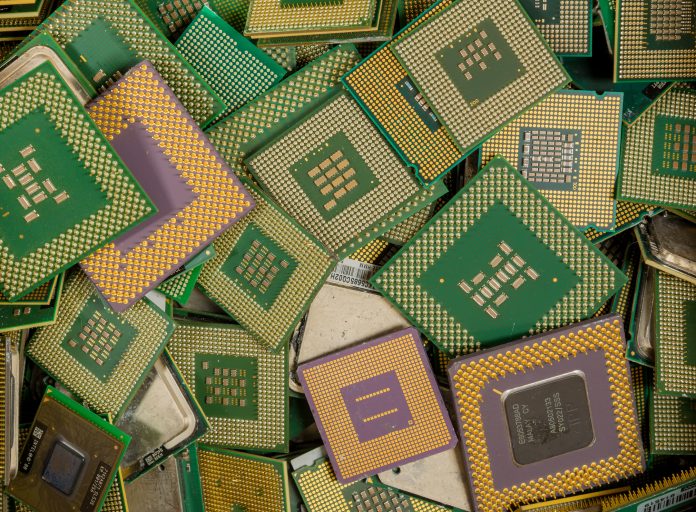The Royal Mint has unveiled a groundbreaking new facility in Llantrisant, South Wales, dedicated to extracting precious metals, including gold, from electronic waste
This innovative plant from Royal Mint will process up to 4,000 tonnes of printed circuit boards (PCBs) annually, transforming discarded electronics into valuable resources.
Sean Millard, chief growth officer at The Royal Mint, said: “The factory underpins our commitment to using sustainable precious metals and providing a new source of high quality, recovered gold.
“It allows us to reduce our reliance on mined materials and is another example of how we’re working to decarbonise our operations.”
Tackling the e-waste crisis
Electronic waste, or e-waste, is a growing environmental concern. Millions of tonnes of electronic devices are discarded each year, often containing valuable materials that end up in landfills. By recovering gold and other precious metals from e-waste, the Royal Mint is helping to reduce the demand for environmentally harmful mining practices.
Tackling electronic waste: A new era for the Royal Mint
The new facility marks a significant step forward for the Royal Mint, demonstrating its commitment to sustainability and innovation. By adopting cutting-edge technology and partnering with Excir, the company is not only preserving precious metals but also creating new jobs and boosting the local economy.
Anne Jessopp, Chief Executive at The Royal Mint, said: “The Royal Mint is transforming for the future, and the opening of our Precious Metals Recovery factory marks a pivotal step in our journey.
“We are not only preserving finite precious metals for future generations, but we are also preserving the expert craftmanship The Royal Mint is famous for by creating new jobs and reskilling opportunities for our employees.
“We have ambitious plans, and I am proud that we are safeguarding The Royal Mint for another 1,100 years.”
This initiative underscores the Royal Mint’s role as a leader in sustainable business practices and its ability to adapt to the 21st-century’s changing needs.











